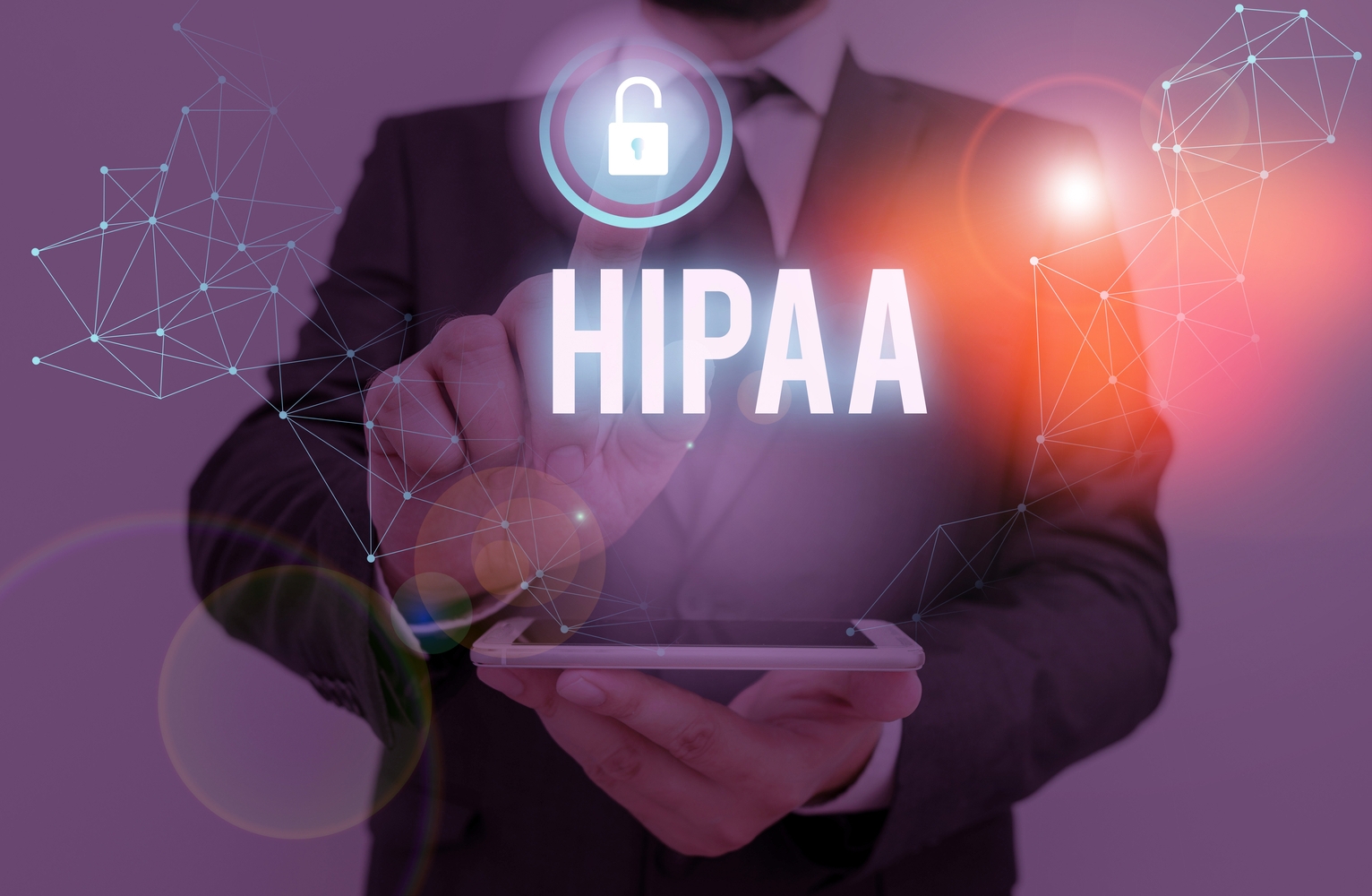Comprehensive Benefits of Modern Resource Planning Software for Business Efficiency
Discover how modern resource planning solutions can transform your business operations by improving project scheduling, optimizing resource allocation, and enabling proactive risk management. These tools foster better collaboration, streamline data analysis, and ensure projects are completed efficiently, saving time and reducing costs. Adopting the right resource planning software can elevate your organizational productivity and competitiveness in today’s fast-paced market.

Comprehensive Benefits of Modern Resource Planning Software for Business Efficiency
In today’s competitive business environment, efficient resource management plays a crucial role in the success of an organization. Companies must optimize the utilization of their staff, technological tools, financial resources, and time to stay ahead. Resource planning solutions, also known as enterprise resource planning (ERP) tools, have evolved into vital components that provide a holistic view of operational assets, skills, schedules, and workloads. These advanced tools enable organizations to allocate their resources effectively, avoid bottlenecks, and ensure that projects are completed on time and within budget, ultimately boosting overall productivity and profitability.
1. Improved Project Scheduling and Management
One of the primary advantages of using resource planning software is the enhancement of project scheduling. These platforms offer organized, real-time visibility into various aspects of project management, including task assignments, progress tracking, resource availability, and supply chain needs. With features such as Gantt charts, Kanban boards, and real-time dashboards, project managers can plan workflows more efficiently, make swift adjustments when unexpected changes occur, and prevent delays. The ability to integrate project timeline tracking with resource availability ensures that deadlines are met without overburdening team members or overstretching assets. Additionally, many solutions support collaboration through shared calendars, task lists, and communication tools, fostering better coordination among teams and departments.
Strategic resource planning software equips organizations with insightful data to identify potential shortages well in advance. This enables proactive planning for resource acquisition and staffing adjustments. Clear visualization of objectives and progress enhances transparency, allowing team members to stay aligned and accountable. Real-time updates facilitate seamless synchronization across sectors, enabling project managers to set realistic deadlines and manage expectations efficiently. This proactive approach minimizes risks associated with resource unavailability, ultimately leading to smoother project execution and higher success rates.
2. Accurate Forecasting and Goal Setting
Resource planning tools provide invaluable forecasting capabilities that allow businesses to predict future resource needs accurately. By analyzing historical data and current project demands, these systems help pinpoint potential resource shortages before they affect project timelines. This foresight is critical for effective workforce planning, procurement, and restructuring strategies. Visual indicators, such as dashboards and progress trackers, foster clear communication of goals, enabling managers to set achievable deadlines, assign responsibilities appropriately, and monitor ongoing performance. Instant data updates ensure that all stakeholders remain informed and responsive to changing circumstances, thereby supporting strategic decision-making.
3. Enhanced Resource Allocation and Utilization
Efficient distribution of resources is fundamental to maximizing productivity. Resource planning software excels at analyzing resource availability, utilization rates, and project priorities to assign personnel and assets where they are needed most. This prevents underutilization or overloading of staff, ensuring optimal performance. Moreover, the tools facilitate smarter budgeting for resource procurement, helping organizations control costs and improve return on investment. With detailed insights into resource usage patterns, managers can fine-tune allocation strategies to enhance efficiency and deliver higher quality outcomes.
4. Proactive Risk Identification and Management
Identifying potential issues early is vital for maintaining project momentum. Advanced resource planning platforms generate detailed reports and analytics that highlight bottlenecks, underutilized assets, or unforeseen constraints. These insights allow project teams and managers to implement mitigation strategies proactively, reducing the likelihood of delays, overspending, or resource conflicts. Accurate risk assessment features support organizational resilience and help prevent costly missteps. By uncovering hidden trends and underlying issues, these tools enable strategic adjustments that improve operational stability and project success rates.
5. Improved Collaboration and Communication
Modern resource planning solutions promote seamless team collaboration through centralized platforms that facilitate effective communication. Features like document sharing, task notifications, and interactive dashboards enable team members to stay updated, coordinate tasks effortlessly, and share critical information in real time. Smaller milestones and progress checkpoints help delegating tasks efficiently without compromising deadlines, fostering shared accountability. As a result, organizations experience a more cohesive workflow, where team members work in harmony, reducing misunderstandings and enhancing productivity.
6. Simplified Data Analysis and Reporting
Data management is simplified with robust reporting and analytics features integrated into resource planning software. Users can generate customized reports tailored to different stakeholder requirements, providing actionable insights into resource utilization, project progress, and financial metrics. The ability to access accurate, real-time data supports better strategic planning and continuous improvement initiatives. Efficient analytics empower managers and decision-makers to identify inefficiencies, optimize workflows, and allocate resources more effectively, ultimately leading to higher project success rates and organizational growth.





